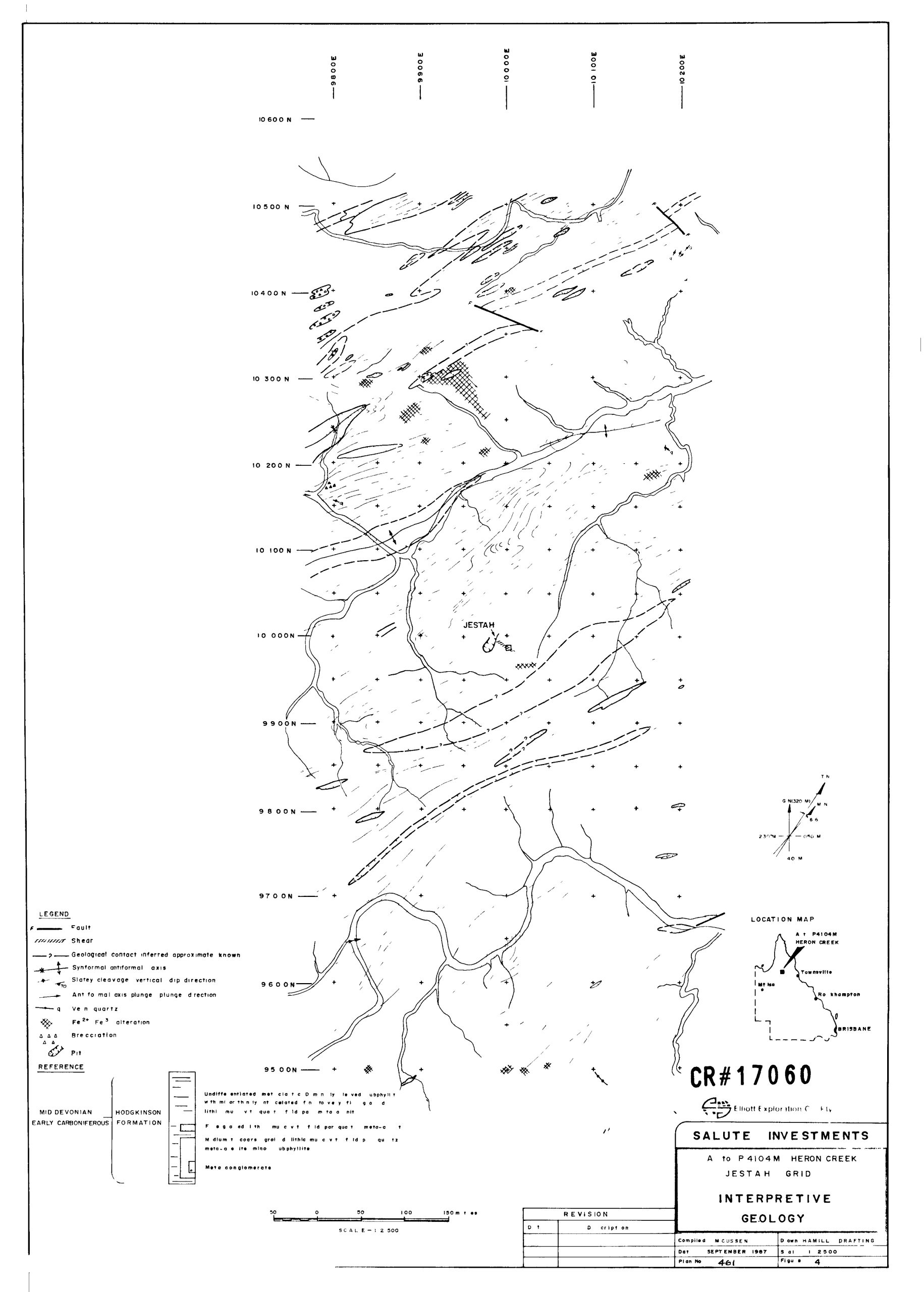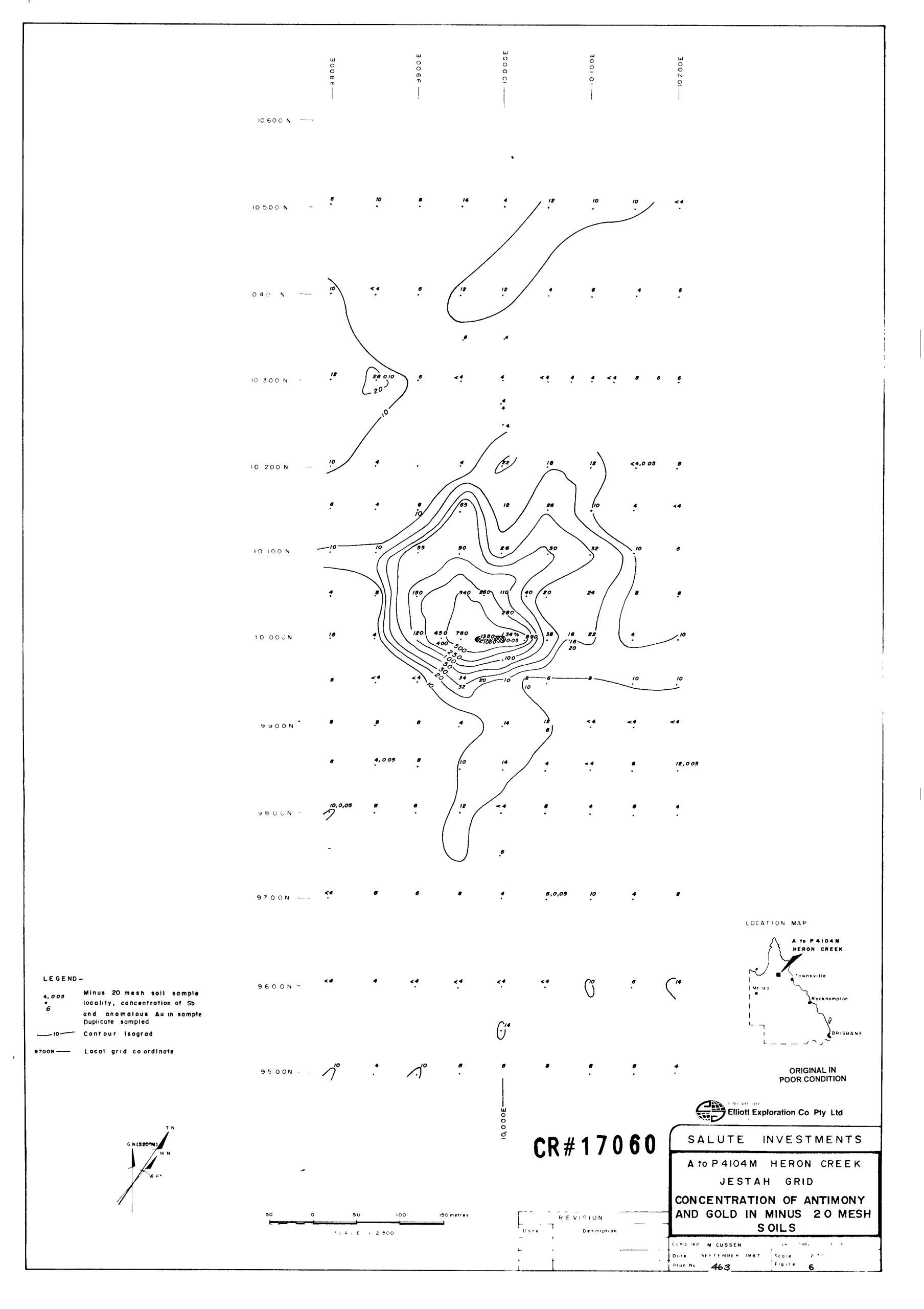Project Summary
Commodity Focus: Antimony (Sb), Gold (Au), Silver (Ag), Copper (Cu), Mercury (Hg)
Exploration Model
The Jestah project, located in the Hodgkinson Basin, was part of a broader initiative to explore for primary metals with a focus on Antimony, but also targeting Gold, Silver, Copper, and Mercury. The region’s geology suggests potential for epithermal mineralization due to the presence of narrow antimony-gold quartz reefs along structural elements.
Geological Highlights
Mineralization Style: The mineralization within the Jestah area includes narrow quartz reefs which are typically associated with epithermal gold and antimony deposits. The area also exhibits potential for copper and silver mineralization.
Alteration Zones: Extensive alteration indicated by turbidite-type sedimentary structures, significant cleaving, folding, shearing, and faulting, all conducive to mineral deposition.
Geochemical Anomalies: Historical exploration has identified anomalies in Antimony, Gold, and other elements, suggesting a complex multi-element deposit system.
Historical Workings: The Jestah mine, with historical operations dating back to 1949, underpins the mineralization potential of the area, though production was limited.
Exploration Potential
The Jestah project area, although relinquished before significant exploration due to a change in company policy, showed promising signs for Antimony and Gold, with potential for associated Silver, Copper, and Mercury. Future exploration, if pursued, would benefit from focusing on the structural trends and known mineralization lines, employing modern exploration techniques to redefine and expand the known mineral potential.
Strategic Importance
The project’s location within a historically productive mineral belt and its complex geological setting highlight its potential strategic importance for mining Antimony, Gold, and associated metals. The historical data and geological settings suggest that with targeted exploration, Jestah could significantly contribute to the supply of these metals.




